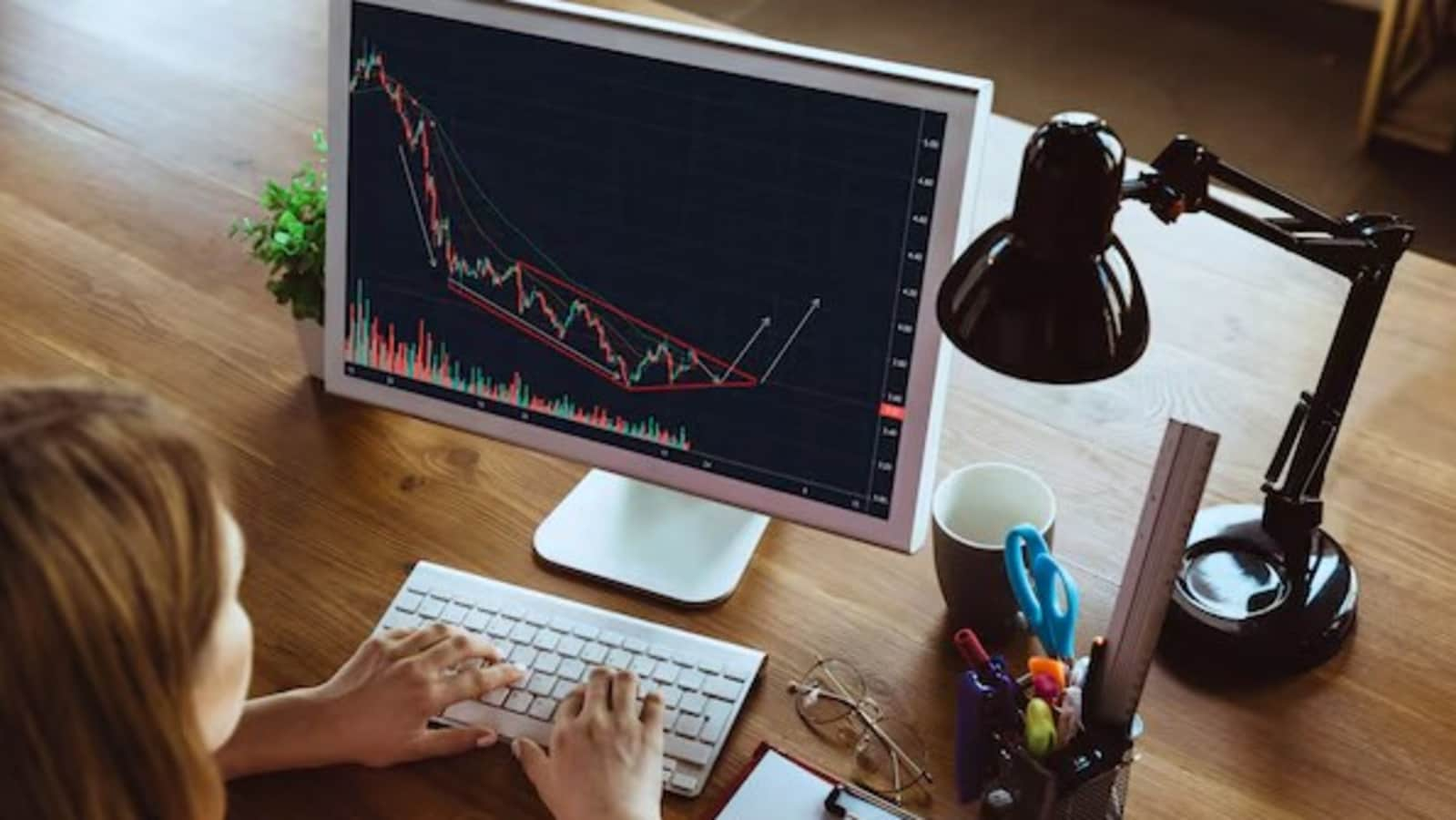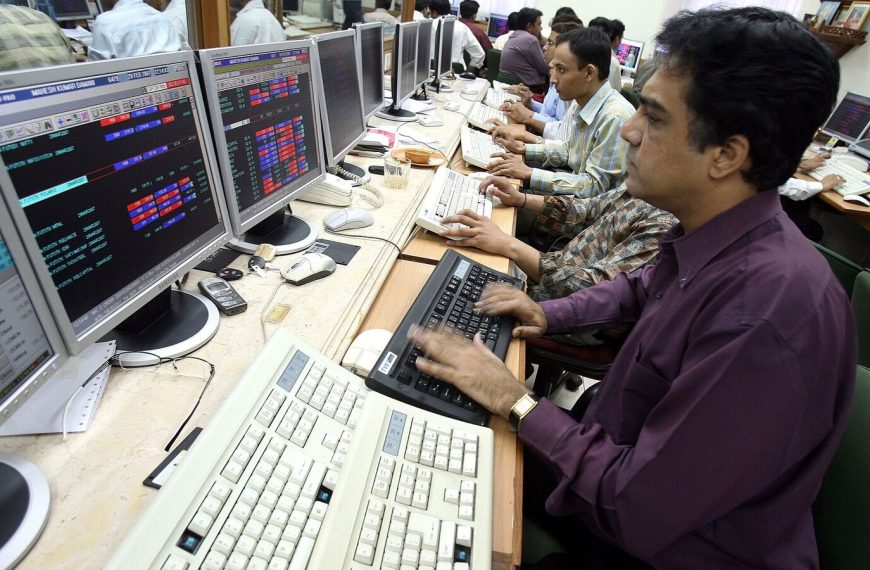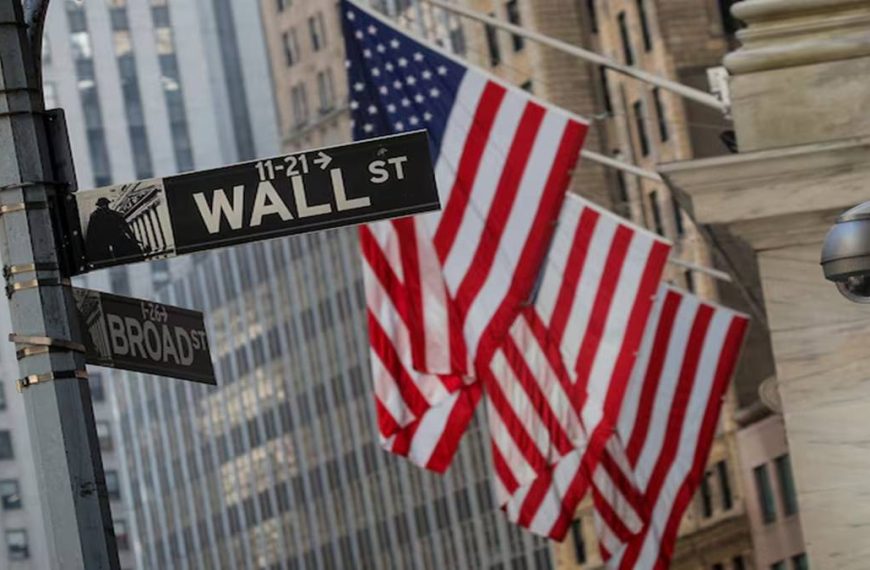The coffee market is experiencing unprecedented turmoil as companies shift their strategies in light of soaring prices. Instead of using futures contracts to shield themselves against price swings, many businesses have opted to gamble on potential future savings. Unfortunately, persistent supply shortages have led to skyrocketing costs for industry giants like JDE Peet’s NV and Starbucks Corp., forcing them to pass these expenses onto consumers.
Record Coffee Prices and Consumer Impact
In February, the average price for a pound of ground roast coffee hit an all-time high of $7.25, according to the U.S. Bureau of Labor Statistics. With coffee prices reaching record levels earlier this year—thanks in part to droughts affecting crops in Brazil, the world’s leading coffee producer—the situation has become dire.
- Key Points:
- Significant price hikes are on the horizon.
- Retail sales volumes are expected to be impacted.
- Smaller roasters are avoiding the futures market.
During a recent earnings call, Rafael Oliveira, CEO of JDE Peet’s NV, stated, “The reality is significant price increases are inevitable.” Similarly, Rachel Ruggeri, CFO of Starbucks, highlighted that the supermarket segment of their business would feel the pinch more acutely than other areas. Both executives confirmed their concerns about the pressure these rising costs would place on overall sales.
Market Dynamics Affecting Roasters
The coffee market has entered a state of backwardation, where near-term contracts are priced higher than those for later dates. This unusual market condition has made it prohibitively expensive for roasters to maintain inventory, leading many to adopt a strategy of buying only small quantities of raw beans at the last minute.
Thiago Cazarini, a broker situated in Brazil’s prime coffee-growing region, remarked, “Roasters are struggling. Some of them probably at this very moment are working below the cost of the raw materials.” This reflects the challenges that many companies face in balancing operational costs with consumer pricing.
Hesitant Roasters and Market Uncertainty
As the volatility persists, smaller and mid-sized roasters are increasingly reluctant to engage in the futures market. Gregory Zamfotis, CEO of Gregorys Coffee, which operates over 50 locations in the U.S., explained that the current market landscape offers little incentive for businesses of their size to hedge against price fluctuations.
Amid this uncertainty, Tomas Araujo, a trading associate at StoneX Group Inc., noted that many roasters are holding off on new hedging strategies, waiting for prices to decline. “The issue is, I’m not really sure if we’re going to get there,” he said, encapsulating the anxiety that permeates the industry.
Conclusion
With rising costs and market instability, coffee prices are poised to continue their upward trajectory, impacting consumers and businesses alike. As the situation unfolds, industry players will need to adapt quickly to navigate these challenging times.
For further insights on market trends and consumer behavior, feel free to explore our related articles on coffee production and pricing strategies.











